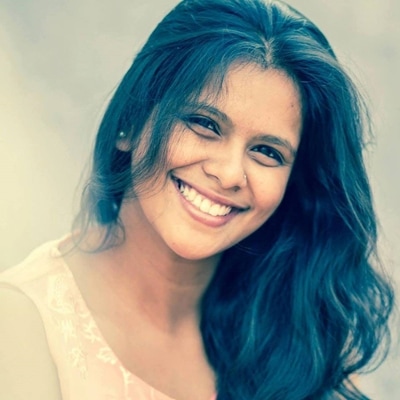Will Trump’s drug price order hit Indian generics? Here’s what you need to know | Health and Wellness News
While it still isn’t clear how US President Donald Trump’s new executive order on reducing prices of prescription drugs by 30 per cent to 80 per cent will play out, Indian pharmaceutical manufacturers say it is unlikely to hurt the market for Indian generics in the country. Trump said he would introduce a “most favoured nation” (MFN) policy whereby pharma majors would have to bring down drug prices for American patients in line “with comparably developed nations”.
This, the Indian manufacturers say, will affect the patented drugs manufactured by big pharmaceutical giants. “A friend of mine, a businessman… seriously overweight and he takes the fat shot drug. And, he called me up… and said president can I ask you a question? … I am in London and I just paid USD 88 and in New York I pay USD 1,300. What … is going on?” said Trump while announcing the measure.
What does the executive order say?
The executive order says that it will address “global freeloading” and promises “additional aggressive action” if manufacturers fail to offer the most-favoured-nation lowest prices to American patients. “The inflated prices in the United States fuel global innovation while foreign health systems get a free ride…Americans will no longer be forced to pay almost three times more for the exact same medicines, often made in the exact same factories. As the largest purchaser of pharmaceuticals, Americans should get the best deal,” the executive order said.
Story continues below this ad
It says that the most-favoured-nation price targets will be communicated to the pharmaceutical manufacturers within 30 days. If that does not happen, the executive order adds, a plan would be made to impose it.
Additionally, the executive order says that the Secretary of Health and Human Services shall facilitate direct-to-consumer purchasing programmes for pharmaceutical manufacturers who sell their products to American patients at the most-favoured-nation price. “Most Indian companies sell products in the US through established distributors. They do not have distribution channels that will take the product to the nearby drug store,” said an expert from the pharmaceutical sector, on condition of anonymity.
Will the move affect Indian manufacturers?
It is unlikely. Almost all drugs sold by Indian manufacturers in the US are off-patent generics. “The sale of these products is highly competitive and the prices offered are likely low anyway. It seems that the prices of only those drugs that are still under patent will be affected,” said Viranchi Shah from the Indian Drug Manufacturers Association.
Sudarshan Jain, secretary-general, Indian Pharmaceutical Alliance, said: “The generics industry is unlikely to be impacted as it operates on razor-thin margins. In the US, the generics industry represents 90 per cent of prescription volumes while accounting for only 13 per cent of the market value. Further details on implementation mechanisms will bring more clarity.”
Story continues below this ad
While there may be certain patented products that may be exported from India — through licensing agreements with global companies — it is a very small proportion of drugs exported from India. Importantly, the focus is on cutting costs after manufacturing in the supply chain. Hence, it will not affect any precursor compounds that India may be manufacturing, experts say.
How much does India export to the United States?
Nearly 47 per cent of all generics prescribed in the US are manufactured here. More than half of the prescriptions of five of the ten most common therapy areas — hypertension, mental health, medicines to control lipids, medicines for nervous system disorders, and anti-ulcer drugs — were supplied by India, according to data from IQVIA.
The US is also the biggest importer of Indian drugs, accounting for 31.3 per cent of total Indian pharmaceutical export by value in 2024. India exported pharmaceuticals worth $ 8.7 billion to the US.

Her stories have resulted in the city government investing in high-end tests for the poor and acknowledging errors in their official reports.
Dutt also takes a keen interest in the country’s space programme and has written on key missions like Chandrayaan 2 and 3, Aditya L1, and Gaganyaan.
She was among the first batch of eleven media fellows with RBM Partnership to End Malaria. She was also selected to participate in the short-term programme on early childhood reporting at Columbia University’s Dart Centre. Dutt has a Bachelor’s Degree from the Symbiosis Institute of Media and Communication, Pune and a PG Diploma from the Asian College of Journalism, Chennai. She started her reporting career with the Hindustan Times.
When not at work, she tries to appease the Duolingo owl with her French skills and sometimes takes to the dance floor. … Read More
© The Indian Express Pvt Ltd
Expand
No Byline Policy
Editorial Guidelines
Corrections Policy
Source
